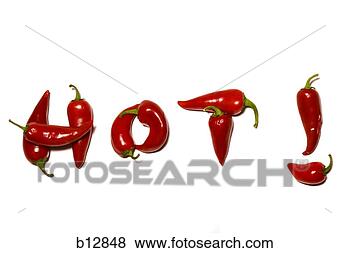Hi Roger,
Thanks for stopping back by. Glad your finding some useful info and hopefully some tasty recipes. Some of us over here in the States, such as myself, use a bit more Chili Sauce than others, if you know what I mean.
How hot is the Chili Sauce is not an easy question to answer. There are many recipes for chili sauces. Of course, the most common ingredient is chili peppers, and then the peppers are infused in anything from vinegar, oil, water, beer and alcohol to fruits and vegetable pulp. Also, additional ingredients are often used, including those used to add extra heat, such as pure capsaicin extract and mustards.
The easiest way to determine the heat of a sauce which you are considering, is to look at the ingredients. Sauces tend to vary in heat by the ingredients in them.
- Jalapeño - These sauces include green and red jalapeño chilis, and chipotle. Green jalapeño and chipotle are usually the mildest sauces available. Red jalapeño sauce is generally hotter.
- Cayenne/Chile - Sauces made with cayenne and/or other red chilis, including most of the Louisiana-style sauces, are usually hotter than jalapeño but milder than other sauces.
- Tabasco - Sauces made with tabasco peppers, like Tabasco sauce, are generally hotter than cayenne pepper sauces. Along with Tabasco, a number of "extra hot" sauces are made using a combination of tabasco and cayenne or other chili peppers.
- Habanero - Habanero pepper sauces are almost the hottest natural pepper sauces only second to the Bhut Jolokia or Nada Jolokia, better known as Ghost Pepper. They contain either habanero only, or a combination of habanero and other peppers.
- Capsaicin extract - The hottest sauces are made from capsaicin extract. These range from extremely hot pepper sauce blends to pure capsaicin extracts. These sauces are extremely hot and should be considered with caution by those not used to fiery foods. Many are too hot to consume more than a drop or two in a pot of food. These novelty sauces are typically only sold by specialty retailers and are usually more expensive.
- Other ingredients - Heat is also affected by other ingredients. Many sauces contain tomatoes, carrots (in habanero sauces), onions, garlic or other vegetables and seasonings. Generally, the more ingredients in a sauce, the more diluted the effect of the chilis, resulting in a milder flavor.
The heat, or burning sensation, experienced when consuming hot sauce is caused by capsaicin. The burning sensation is not "real" in the true sense of any damage being wrought on tissues. It is instead simply a chemical reaction with the body's neurological system. Capsaicin is the chemical responsible for the "hot" taste of chili peppers. This compound is fat soluble and therefore water will be of no assistance when countering the burn. The most effective way to relieve the burning sensation it causes are dairy products, such as milk and yogurt. I must emphasize again, Water should never be used to relieve the burning sensation, as water only opens up the taste buds. Milk however has been found to work quite effectively. Believe me this comes from personal experience, because I love hot, spicy foods, the hotter the better, and I have tried most of the hot sauces available on the market, including one where I had to sign a Waiver before purchasing it.
Hope that I've at least partially answered your question. I cannot necessarily compare it to Chili Con Carne for example, because my Chili Con Carne, would probably be much hotter than yours, because of the ingredients I use. For instance, I generally use only sauces made from Habanero Peppers.
If you'll click on the HOT Graphic below, you'll hear a favorite selection of mine, from wouldn't you guess,
The Red Hot Chili Peppers


Hope Your Week Is Terrific,
Phil